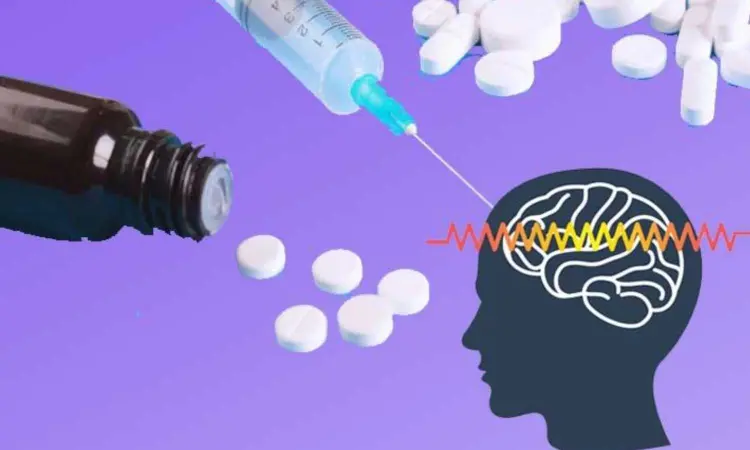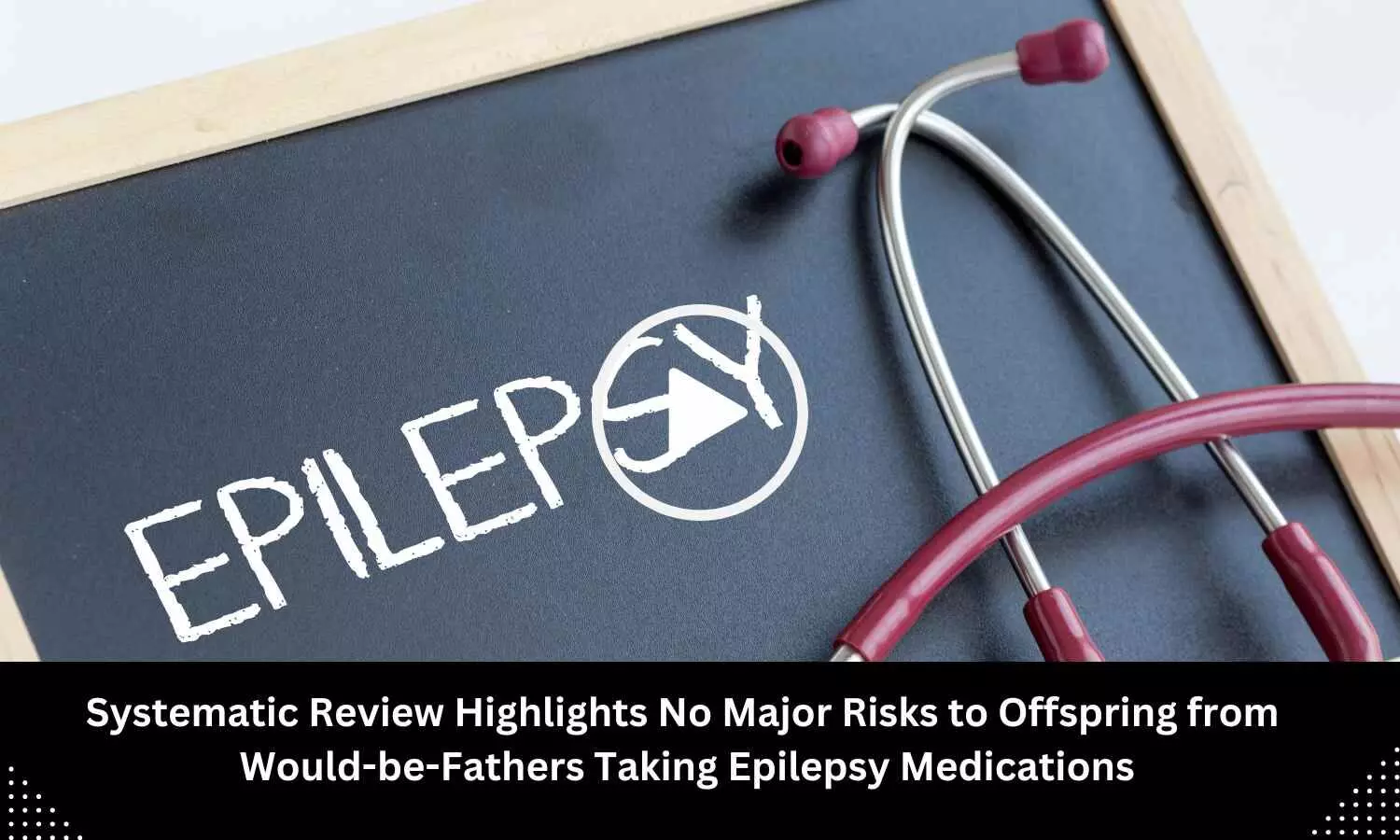- Home
- Medical news & Guidelines
- Anesthesiology
- Cardiology and CTVS
- Critical Care
- Dentistry
- Dermatology
- Diabetes and Endocrinology
- ENT
- Gastroenterology
- Medicine
- Nephrology
- Neurology
- Obstretics-Gynaecology
- Oncology
- Ophthalmology
- Orthopaedics
- Pediatrics-Neonatology
- Psychiatry
- Pulmonology
- Radiology
- Surgery
- Urology
- Laboratory Medicine
- Diet
- Nursing
- Paramedical
- Physiotherapy
- Health news
- Fact Check
- Bone Health Fact Check
- Brain Health Fact Check
- Cancer Related Fact Check
- Child Care Fact Check
- Dental and oral health fact check
- Diabetes and metabolic health fact check
- Diet and Nutrition Fact Check
- Eye and ENT Care Fact Check
- Fitness fact check
- Gut health fact check
- Heart health fact check
- Kidney health fact check
- Medical education fact check
- Men's health fact check
- Respiratory fact check
- Skin and hair care fact check
- Vaccine and Immunization fact check
- Women's health fact check
- AYUSH
- State News
- Andaman and Nicobar Islands
- Andhra Pradesh
- Arunachal Pradesh
- Assam
- Bihar
- Chandigarh
- Chattisgarh
- Dadra and Nagar Haveli
- Daman and Diu
- Delhi
- Goa
- Gujarat
- Haryana
- Himachal Pradesh
- Jammu & Kashmir
- Jharkhand
- Karnataka
- Kerala
- Ladakh
- Lakshadweep
- Madhya Pradesh
- Maharashtra
- Manipur
- Meghalaya
- Mizoram
- Nagaland
- Odisha
- Puducherry
- Punjab
- Rajasthan
- Sikkim
- Tamil Nadu
- Telangana
- Tripura
- Uttar Pradesh
- Uttrakhand
- West Bengal
- Medical Education
- Industry
Psychiatric Comorbidities and Healthcare Utilization increase 5 years prior in Idiopathic Generalized Epilepsy: Study

A recent study found that Idiopathic generalized epilepsy has a prodromal phase marked by higher utilization of healthcare services and prescription medications at least about five years before the first seizure, as per the results that were published in the journal Neurology.
Idiopathic Generalized Epilepsies are associated with specific behavioral characteristics, frontal lobe dysfunction, and coexisting psychiatric conditions. There is ambiguity as to whether the psychiatric symptoms are part of the disease or are secondary to the burden of the disease. Hence, researchers from Denmark conducted a study to identify and explore the timeline of psychiatric and epilepsy symptoms in patients with IGE.
A register-based case-control study included individuals aged 10-25 with an IGE diagnosis. Two distinct cohorts were established. One cohort was identified through Danish health registers. This cohort included IGE identified through ICD 10 and first-time diagnoses of IGE between 2005 and 2018. The other cohort included patients treated at Odense University Hospital and the Danish Epilepsy Centre in the same period. Each patient was matched with 10 matched controls from the normal population controls of the Danish registers. These included individuals matched to age, sex, and geography. The social status, health care utilization, and psychiatric diagnoses of the individuals between the two age groups were compared. This comparison was observed for at least 5 years before the epilepsy diagnosis, during the diagnosis, and at the end of the study period. Wilcoxon rank sum test and confirmatory logistic regression models were used for the statistical analysis.
Findings:
- About 1,009 patients were identified for the register-based cohort. Among them, 55.1% were female, with a mean age at diagnosis [SD]: 15.9 [±3.8] years, and were matched with 10.090 controls.
- The hospital-based cohort included about 402 patients. Of them, 56.2% were female, with a mean age at diagnosis [SD] of 18.3 [±7.4] years. They were matched to 4020 controls.
- IGE cohorts and controls did not differ at birth.
- About 5 years before the IGE diagnosis, registered patients had more hospital visits and increased visits to their general practitioners. Also, they received more prescriptions for psychiatric medications compared with controls.
- Registered Patients also showed a higher rate of psychiatric comorbidity at the end of the study than controls.
- Data were similar in the hospital-based cohort.
Thus, the study concluded that a prodroma phase exists approximately 5 years before the IGE diagnosis, when patients utilize healthcare facilities and medications more. These highlight the importance of mental health challenges that develop before the diagnosis of IGE. The study also stresses the importance of early monitoring and optimum mental health care to be taken for individuals with epilepsy.
Further reading: Gesche J, Rubboli G, Beier CP. Prodromal Phase of Idiopathic Generalized Epilepsy: A Register-Based Case Control Study. Neurology. 2024;103(8):e209921. doi:10.1212/WNL.0000000000209921
BDS, MDS
Dr.Niharika Harsha B (BDS,MDS) completed her BDS from Govt Dental College, Hyderabad and MDS from Dr.NTR University of health sciences(Now Kaloji Rao University). She has 4 years of private dental practice and worked for 2 years as Consultant Oral Radiologist at a Dental Imaging Centre in Hyderabad. She worked as Research Assistant and scientific writer in the development of Oral Anti cancer screening device with her seniors. She has a deep intriguing wish in writing highly engaging, captivating and informative medical content for a wider audience. She can be contacted at editorial@medicaldialogues.in.
Dr Kamal Kant Kohli-MBBS, DTCD- a chest specialist with more than 30 years of practice and a flair for writing clinical articles, Dr Kamal Kant Kohli joined Medical Dialogues as a Chief Editor of Medical News. Besides writing articles, as an editor, he proofreads and verifies all the medical content published on Medical Dialogues including those coming from journals, studies,medical conferences,guidelines etc. Email: drkohli@medicaldialogues.in. Contact no. 011-43720751




